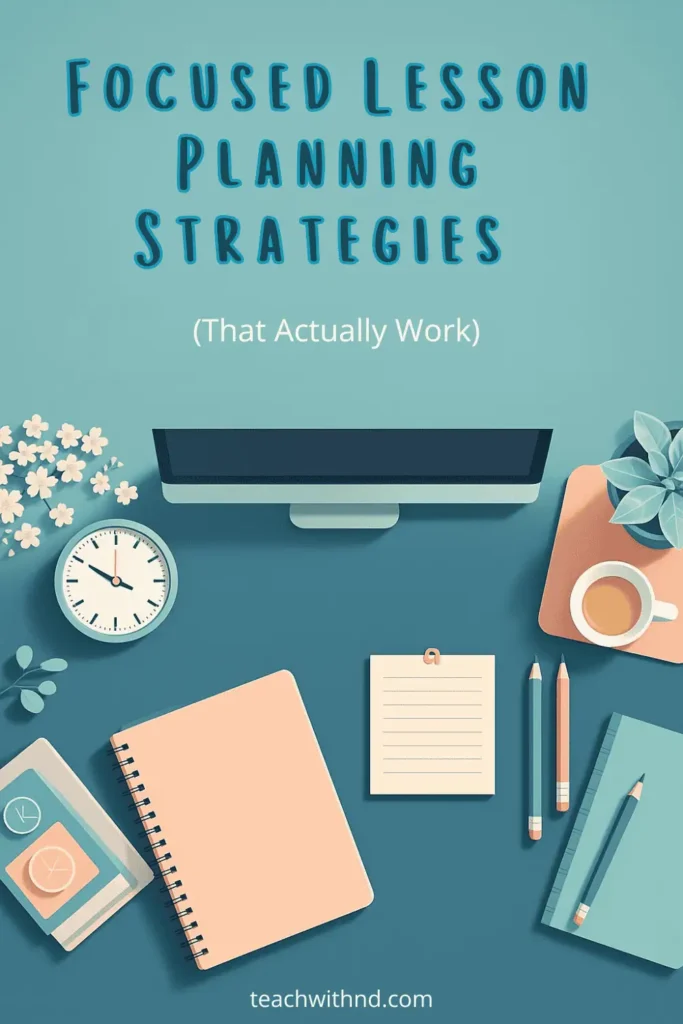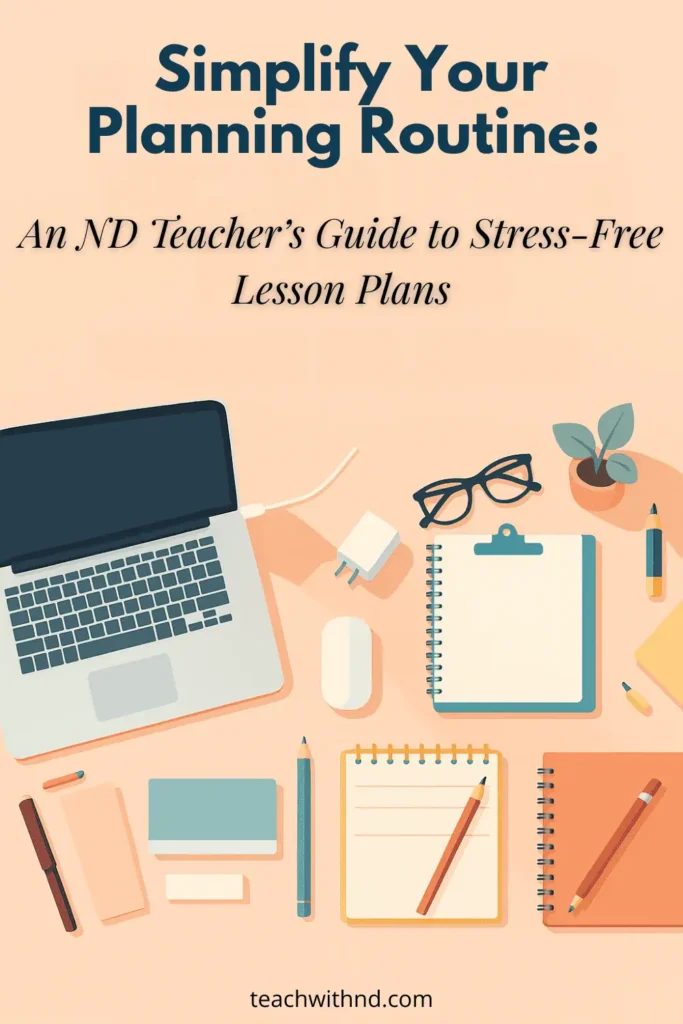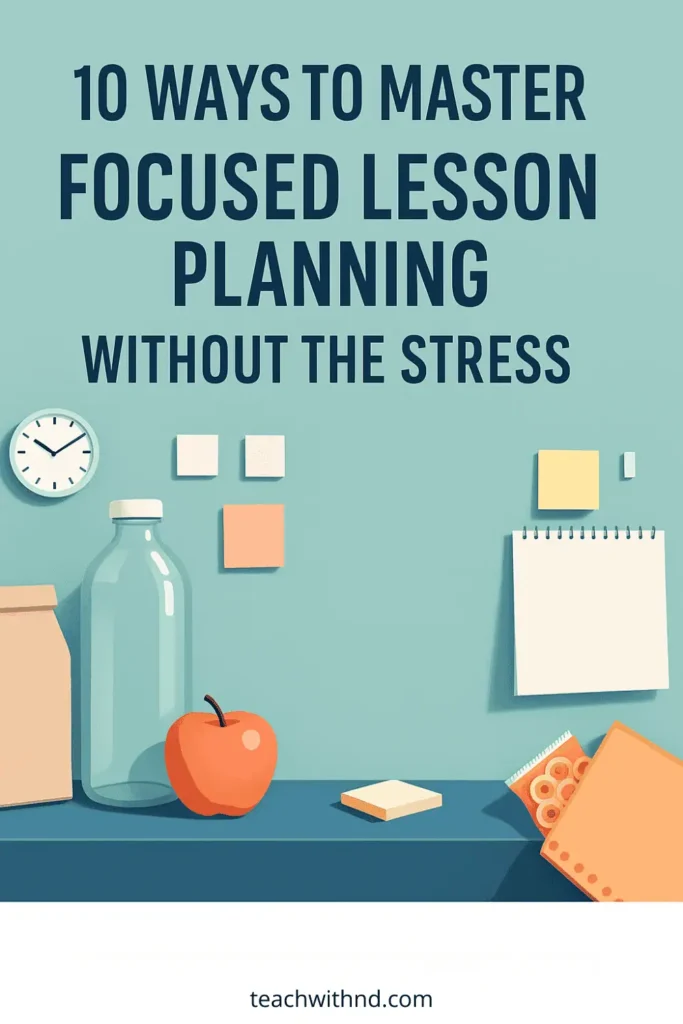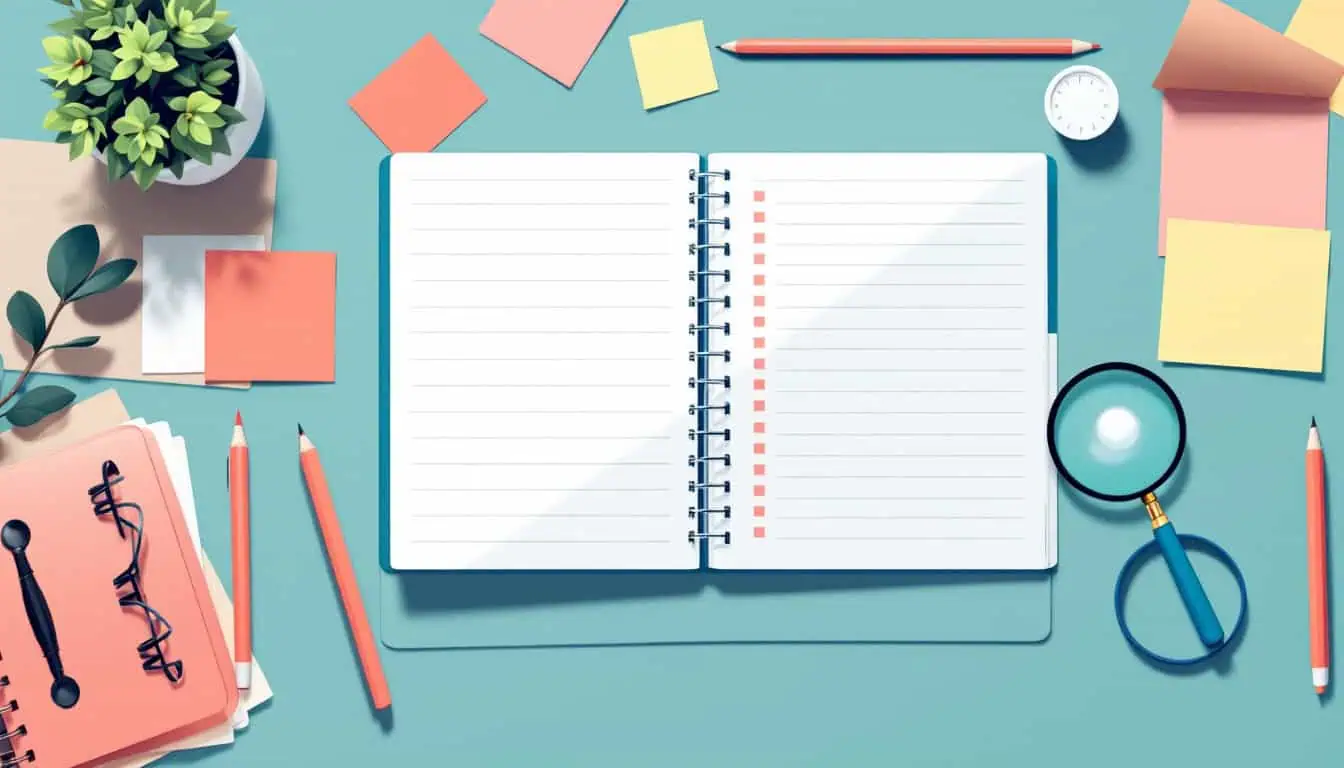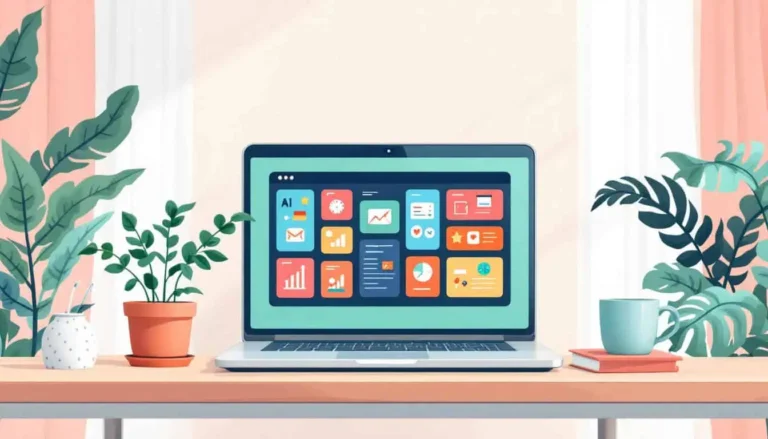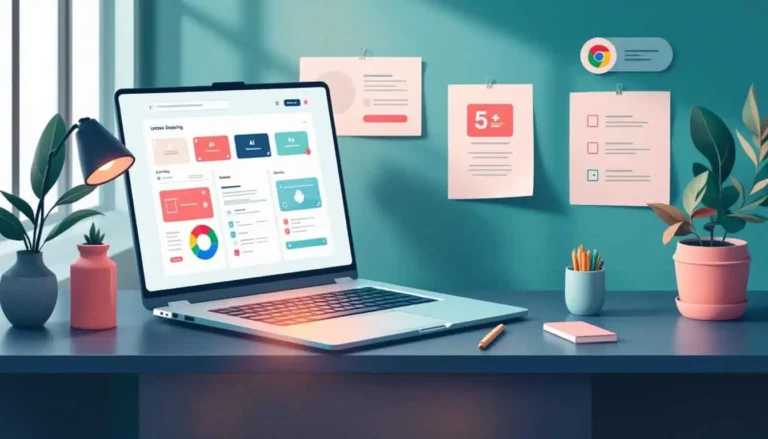10 Ways to Master Focused Lesson Planning Without the Stress
Ever sit down to write lesson plans and immediately realize you forgot your laptop, your charger, your water, or whatever snack you swore you'd grab on the way in?
Now you’re up, down, back again, totally thrown off — and somehow 30 minutes have passed and nothing’s written.
It’s frustrating as all get out, especially when planning already takes so much mental energy.
These tips for focused lesson planning have helped me get into a better flow.
And I hope they help you find what works best for you.
This article may contain affiliate links. If you purchase through these links, I will earn a small commission at no extra cost to you.
Tip #1: Gather Your Materials (Without Starting and Stopping 12 Times)
Before you even open your laptop, take a few minutes to gather everything you might need.
This isn’t about being overly organized — it’s about avoiding that thing where you finally sit down.
Only to immediately get back up for something you forgot. (Then repeat that four more times.)
Here’s a quick mental checklist I used:
- Laptop, charger, headphones
- Pens, whiteout, sticky notes
- Planner or whatever calendar I’m actually using this week
- Class roster, district calendar, fire drill dates, etc.
- Snacks and water (yes, they count)
I also keep a visual checklist posted on the wall near my desk — with photos.
This might sound like overkill, but it keeps me from that “what was I supposed to grab again?” spiral.
And one more thing: forget “picture-perfect.”
Make your space functional, not photo-ready.
If you need to shove a pile into a basket and deal with it later, that’s called strategy.

Free ADHD Organization Worksheets for ND Teachers
Offload your thoughts, plan your day, and gently reflect with these printables. Designed to add structure without the overwhelm.
Tip #2: Snack Smart (Because Running on Coffee and Vibes Only Gets You So Far)
One thing I wish I’d figured out sooner: planning sessions go way better when you’re not starving.
Back when I was teaching, I learned to keep a few go-to snacks nearby.
Not a full lunch — just something to keep my brain from quitting halfway through the first lesson plan.
Some favorites:
- Peanut butter pretzels (salty, crunchy, easy to stash)
- Protein bars that don’t taste like cardboard
- Yogurt drinks if you’ve got fridge access (or a cooler!)
- Apples or baby carrots — bonus if you remember to actually eat them
Also? Keep water close.
No judgment here; only some ideas to make things a little easier while you work.
Tip #3: Ergonomic Bliss (Or, Fewer Cramped Neck Incidents)
I used to try to plan anywhere — kitchen table, floor, car (don’t ask).
Eventually I realized my body was just not having it.
If you’re setting up a space to plan — even if for a short session — it’s worth getting a little more comfortable.
Here’s what helped me:
- Adjust your chair so your feet hit the ground and your arms can relax.
- Prop your laptop or monitor so you’re not constantly craning your neck.
- Use a lamp with soft lighting if natural light isn’t working.
- Toss a pillow behind your back if your chair isn’t cutting it.
It doesn’t have to be fancy.
We are making the workspace as comfortable as possible.
You will still need to shift, if you're at all like me.
But every little bit helps!
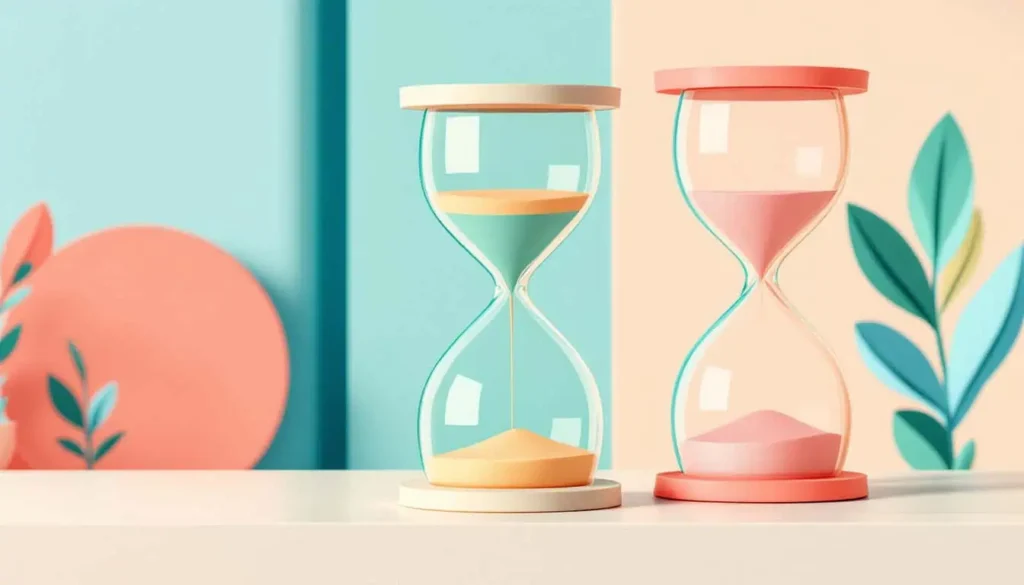
Tip #4: Silence the Distractions (As Much as You Can)
Planning already takes a ton of mental energy.
You don’t need extra noise, interruptions, or visual craziness making it even harder!
Back when I was lesson planning regularly, anything I could do to help focus was really important.
Because once I got derailed, it was hard to get back into any kind of flow.
Here’s what actually helped:
- Phone on “Do Not Disturb” (or at least silent with notifications off)
- Telling people in the house, “I’m working for the next 30 minutes — can we talk after?”
- Closing tabs that weren’t part of the planning process
- Wearing headphones — even with no sound
And if clutter makes it hard to focus? I totally get that.
Throw a sheet or towel over the pile. Yes, really.
Out of sight, out of mind.
So you can focus on the stuff you wanted to.
Even though I’m not writing lesson plans for myself right now, I’m doing a lot of planning for this blog.
And honestly, the same distractions still show up.
These strategies still help me be productive, even if what I’m working on looks a little different now.
Tip #5: Prioritize (When Everything Feels Equally Urgent)
Whether I was lesson planning or outlining blog content (like I am now)?
The same issue came up: everything felt important. (Ok still does.)
Which can make it nearly impossible to start.
I have found some ways to make it a little easier.
What’s helped me is a super simple prioritizing strategy: choose three things to focus on for the session.
- One task that’s important and urgent
- One that’s important but not urgent
- One shiny object FUN task
If I can't pick, I will write out the choices and then literally close my eyes and point.
May sound crazy but it works!
I like to write them on a sticky note or text them to a friend, depending on the day.
Putting them in some kind of external format helps quiet the mental noise.
I’ve also used brain dump worksheets (like the ones in my free printable pack).
Those help to get everything out of my head before deciding where to start.
It doesn’t solve everything, but it makes the next step clearer.
And clarity can help.
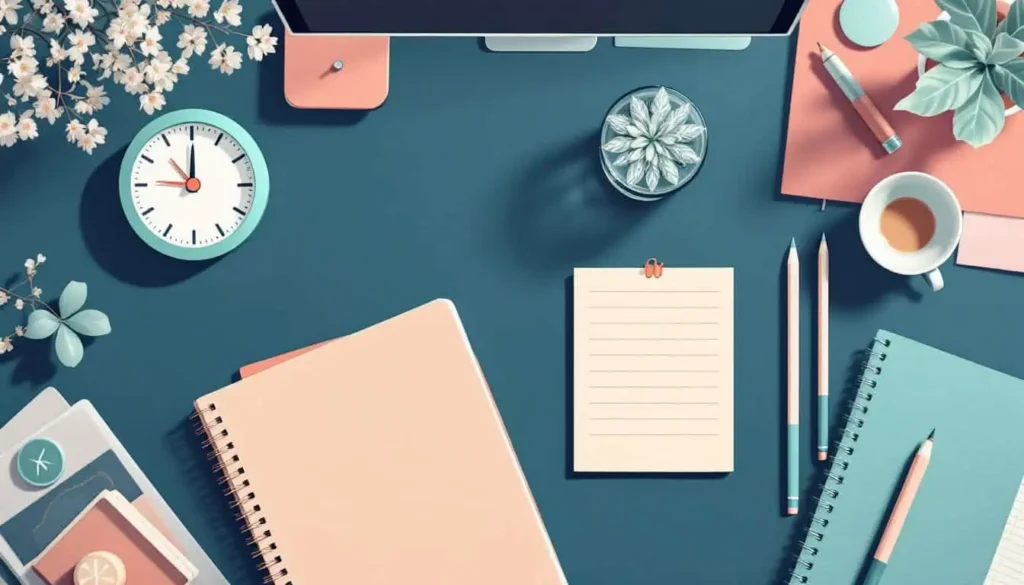
Tip #6: The Pomodoro Technique (or Your Own Version of It)
You’ve probably heard of Pomodoro:
25 minutes of focused work, followed by a 5-minute break.
After four rounds, you take a longer break.
If that sounds rigid, don’t worry.
You can tweak the timing. I’ve used 20/10 splits, or even 15/5, depending on the day.
The point is: it gives your brain clear start/stop signals and reduces the pressure to power through.
You can use a timer, app, or something low-tech like a sand timer.
Bonus: when you pair this with a brain dump worksheet?
You can stay focused on one thing at a time instead of chasing every half-thought in your head.
Tip #7: Take (Planned) Brain Breaks
It’s easy to think you’re wasting time if you stop mid-task.
However, breaks refresh us enough to keep going and stay on-track.
What helps me most with this is external accountability.
If I tell someone I'm doing something, I have that extra push to get it done.
A few brain break ideas that have worked for me:
- Physical reset: stand up, stretch, jump 10 times, walk to the end of the block
- Mindfulness reset: use a calming app, put on one favorite song, or close your eyes for 5 minutes
- Creative reset: doodle, color, or even clean something (yep — I’ve done all of those mid-planning)
Of course, please don't look at these ideas as ‘one more thing' on your to-do list.
They are simply ideas for you to pick and choose from.
And vary by the day.
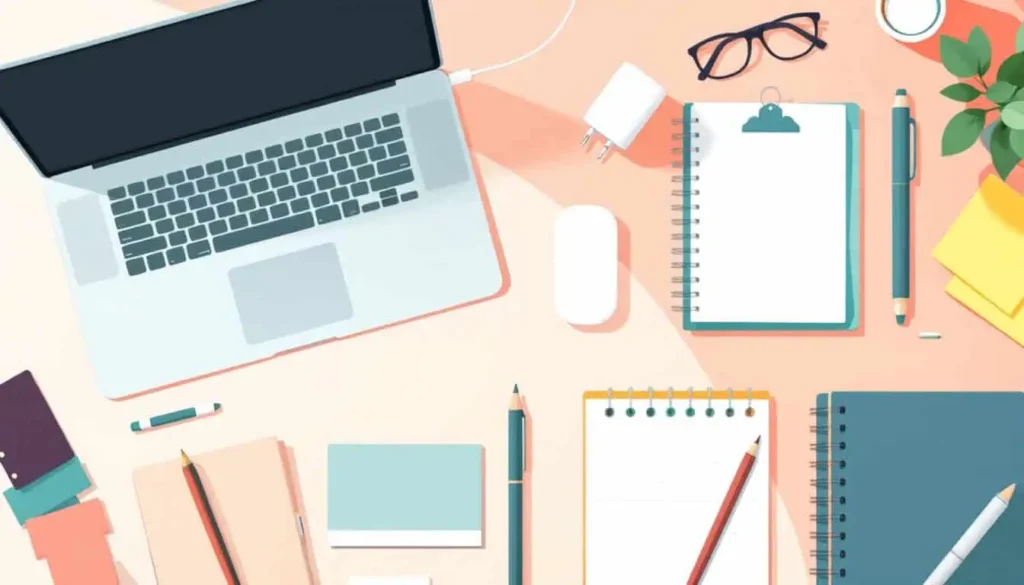
Tip #8: Accountability Buddies
Know someone else who is working on a project?
Or maybe they are trying to accomplish tasks that are draining to them.
Work together to support one another.
Keep it simple. You could agree on two check-in's per day to start.
In the morning, tell each other what you want to accomplish.
In the evening, report back on how it went.
What went well and what could be improved next time?
If you want an online option, you can try Focusmate for body doubling.
In body doubling you and your partner are each working on your own tasks.
But doing them at the same time and therefore holding each other accountable.
Tip #9: Reward Yourself
If you're the kind of person who finishes something and immediately moves on to the next task…
Without acknowledging it?
Yeah, same.
But here's the truth .
If you never pause to recognize your wins your brain associates work with never feeling done.
We need to learn to give ourselves some wins.
Even if we know we may never be totally finished.
Because let's face it.
There's always more to do.
So instead of waiting to be done with all the things (which won't happen).
Try this:
- Cross something off and say out loud, “Done!”
- Stand up, stretch, sip some water.
- Light a candle. Put on a favorite song. Scroll guilt-free for 5 minutes.
The reward doesn’t need to be big.
And yes, lesson planning counts.
Especially if it can feel like a struggle.
If rewarding yourself brings up uncomfortable feelings, I get it.
I will be publishing some content soon on the somatic work I've done which can help with some of that.
It has been helpful for recognizing these kinds of emotional/body-based patterns.
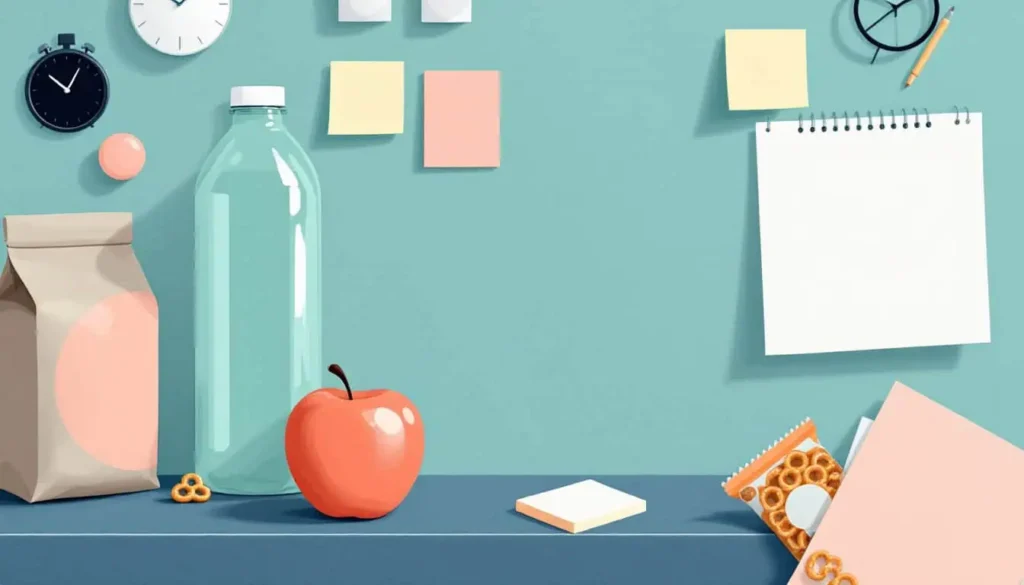
Tip #10: Reflect and Refine
After a planning session or two, take a few minutes to look at what worked.
Not everything will go how you pictured it.
That doesn’t mean you failed. It simply means you have a chance to learn something new. To get curious.
Get scientific.
Put on your scientist cap and pretend you're studying this situation from an outsider's perspective.
Ask yourself:
- Did this planning method help me feel more prepared?
- Did I feel more in control or less frazzled?
- What confused me that I want to change next time?
You don’t need a color-coded spreadsheet or a full reflection exercise.
(Unless you want to. Then by all means!)
Be curious, not critical.
The goal is not perfection.
We're going for done over perfect.
And finding what feels right and works for you.
Speaking of which…
Are you by any chance neurodivergent and perimenopausal? These self-care tips are spot-on.
Key Takeaways
As with most things around ADHD and autism, you probably already know what to do but struggle with how.
Or struggle with the doing part.
If any of these ideas inspired you, that's awesome! Pick and choose what works for you and adapt them too.
But don't forget the power of community, and accountability.
That is the most important tool.
Join the Community
Want to connect with other like-minded educators?
We share ideas, ask for help, vent, and generally support each other.
Visit our Facebook group and take it one step at a time.
You've got this! ❤️
Found Something Helpful? I'd Be So Grateful If You'd Please Pin One of These Images!
It truly helps my blog reach more teachers like you. Thank you!
